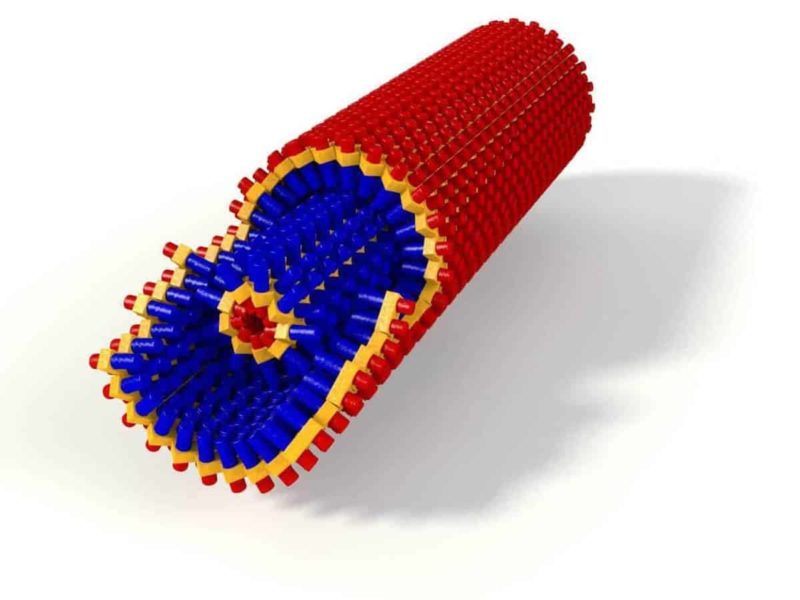Plants and bacteria make use of sunlight with remarkably high efficiency: nine out of ten absorbed light particles are being put to use in an ordinary bacterium. For years, it has been a pressing question of modern research whether or not effects from quantum physics are responsible for this outstanding performance of natural light harvesters. A team of European research groups, a collaboration between universities in Vienna, Ulm, Cartagena, Prague, Berlin and Lund, have examined these quantum effects in an artificial model system. It was shown that the hotly debated quantum phenomena can be understood as a delicate interplay between vibrations and electrons of the involved molecules. The resulting theoretical model explains the experiments perfectly. The article was published in Nature Communications.
The studied artificial light harvester is a supramolecule, consisting of hundreds of thousands of light absorbing molecules, arranged in close proximity to one another and in an orderly fashion. Such architecture puts these systems in between noisy living cells and strictly organized quantum experiments at low temperatures: supramolecules are still governed by the same quantum effects as natural photosynthetic systems, but without the noisy background that makes their investigation so difficult in biological systems. The research team employed polarized light to isolate the desired quantum-dynamical effects. Studying such ordered systems does not only further our understanding of natural photosynthesis, it also helps us to appreciate the physical mechanisms necessary for energy-efficient, cheaper, more flexible and lighter photovoltaic cells.
If our reporting has informed or inspired you, please consider making a donation. Every contribution, no matter the size, empowers us to continue delivering accurate, engaging, and trustworthy science and medical news. Independent journalism requires time, effort, and resources—your support ensures we can keep uncovering the stories that matter most to you.
Join us in making knowledge accessible and impactful. Thank you for standing with us!

